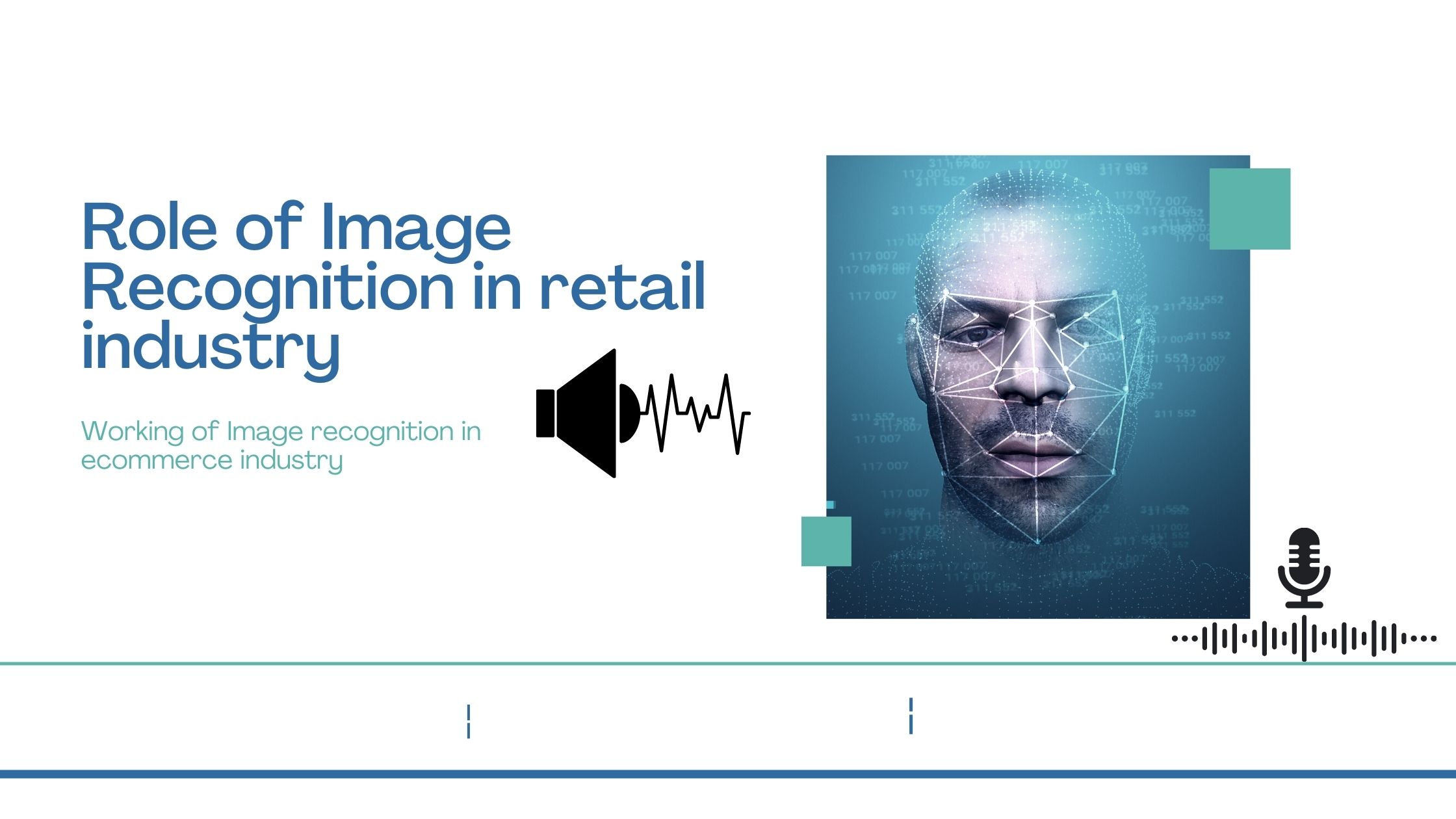A computer vision subcategory called image recognition uses technology to recognise objects, entities, or features in digital photos or movies. However, the word "computer vision" encompasses a wider range of techniques for collecting, handling, and studying information about the outside environment. Depending on the sort of information needed, image recognition may be done with varied degrees of precision.
In retail, there has always been a need to enhance the shopping experience for customers and automate operational procedures. The in-shop retail business has been moulded to the condition that we have all become accustomed to thanks to a number of earlier technological advances including retail product identification. Barcode recognition is arguably the newest widely utilised technology in retail. It enabled self-checkout and made it easy to handle the merchandise. The placement of a barcode on a product may be arbitrary, which may cause a delay in the purchasing process and a negative shopping experience. Additionally, it still doesn't address the issue of supermarkets needing a sizable human labour to handle their inventories and merchandise. This is the reason why the retail industry needs a concrete product image recognition technology that is free from flaws as well.
Image Recognition
Humans are efficient enough at identifying distinctive aspects of items and connecting them to specific meanings when it comes to categorising and interpreting photos. However, because it involves distinguishing between numerous things and discovering object connections, visual recognition is a very challenging problem for computers. The science of computer vision has long struggled with the research issue of image recognition.
The process of object detection, picture identification, and image classification has improved as a result of recent advances in AI. By 2022, it is predicted that the worldwide image recognition industry would grow to $42.2 billion in value. Image recognition technology is being adopted by a variety of sectors to enhance augmented reality applications, enhance medical images, advance autonomous car technology, forecast consumer behaviour, and much more.
Despite being a relatively young field of investigation, picture recognition is finding its way into eCommerce. Retailers are using image recognition to increase their client base, provide insights into trends, and enhance customers' online purchasing experiences. The market for image recognition in retail is projected to be worth USD 1.8 billion in 2021 and to reach USD 4.5 billion by 2026.
Tasks that can be performed by Image recognition
- An image's classification reveals the category to which it belongs. There may only be one class for a photo.
- A classification task, tagging, requires a greater level of precision. An image may have many ideas or objects that are recognised by tagging, and an image may have multiple tags associated with it.
- Finding objects in a picture is made easier by detection and localisation. Localization aids in creating a bounding box around the object after the system has found it.
- While segmentation is a form of detection, it requires more accuracy. Segmentation locates object(s) in a picture to the nearest pixel.
- Multiple objects from the same class can be distinguished by using instance segmentation.
Working of Image recognition in ecommerce industry
Online merchants must now continually evaluate market dynamics with regard to their price, promotion, and product assortment in order to be competitive due to rising competition and client expectations. Retailers must compare and contrast their goods with those of their rivals to identify any gaps in order to acquire these insights and product matching can help with that.
Product matching is the process of locating same or comparable products in comparison to a target universe of goods from many competing online shops. Product matching employs AI-based picture recognition to identify characteristics of products, spot patterns, and recognise text, prices, shipping details, and other information.
Actual role of image recognition in retail
Retail customers of today are more interested in product accessibility than variety of options. Over 32% of customers frequently encounter out-of-stock problems at stores, according to a study. In these circumstances, consumers frequently take four steps. They decide to buy the same thing from a competitor brand instead of yours, they decide to buy something else from the same brand, they decide to buy the same thing somewhere else, such online, or they decide to wait a few days until it is back in stock. In each of the four scenarios, merchants see a drop in sales and unsatisfied consumers, which ultimately hurts their ability to stay in business.
For shops with high sales and category leaders, stockouts might be a nightmare. They could manifest as a result of poor ordering caused by inaccurate demand forecasts. Since there is a constant struggle for the ideal amount of shelf space per category, it is challenging for corporations to comprehend how their products are stored, displayed, and positioned for their consumers when they purchase at these stores. Retail managers want to know how soon their products run out of stock and how simple it is for customers to locate them in stores.
Use-cases of Image Recognition in retail industry
Getting customers to visit your eCommerce platform is one thing, but convincing them to make a purchase is a far bigger challenge. In order to help customers easily locate the items they're looking for, attribute tagging using picture recognition enables eCommerce companies to automatically produce attributes for all products.
Users of Visual Search may browse for related goods using a reference image they have saved to their camera roll or have acquired from the internet. Additionally, eCommerce companies may integrate image-based search into their software programmes thanks to the visual search option. It increases the visual data's searching potential.
Any eCommerce company would do well to capitalise on popular product categories. Knowing which categories and items are in demand will result in less competition on search engines, fewer adverts, and sensible pricing. All of which can increase the margins of any merchant. To pique customer interest, image recognition technology delivers details on colours, styling strategies, fabric textures, designs, and more





